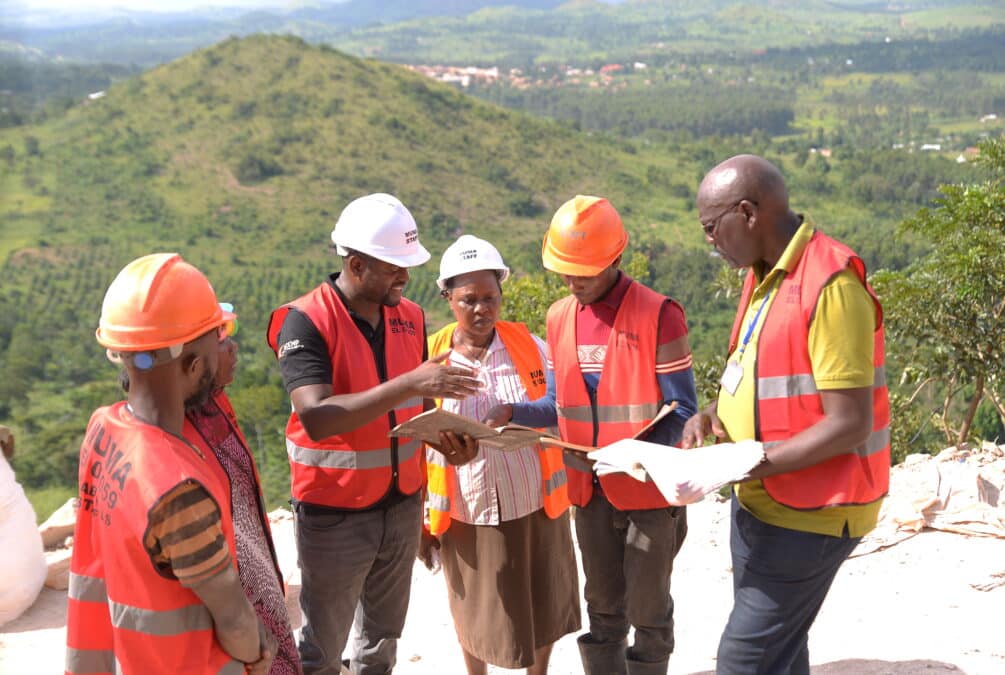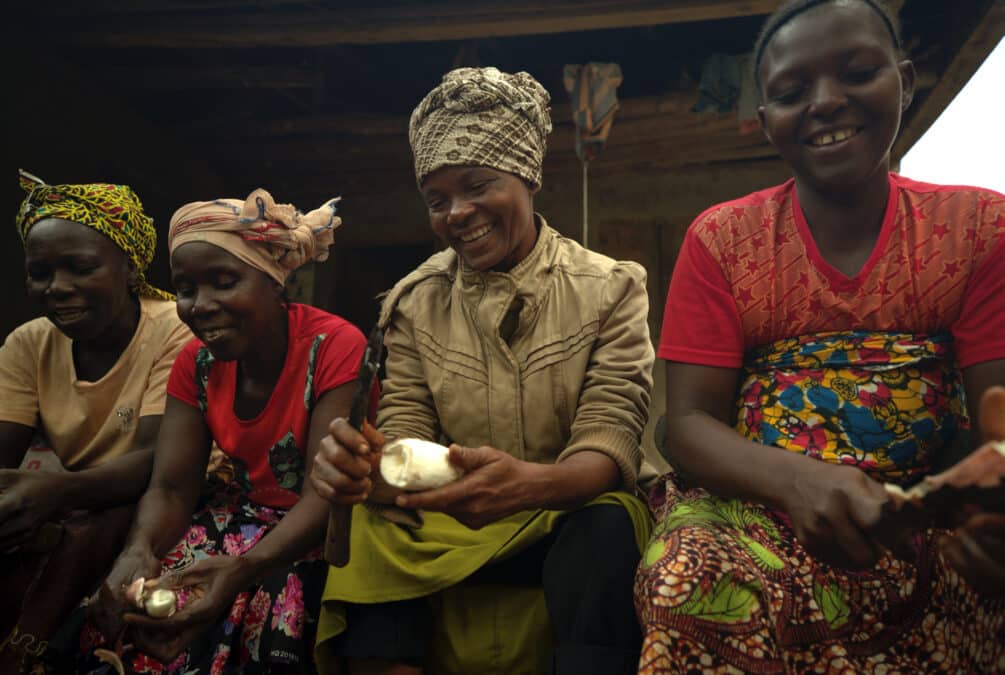Tell us about Water As Leverage. What is your core mission?
Sandra: Basically, to make cities more resilient. We started in Asia, where we selected three cities [Khulna in Bangladesh; Semarang in Indonesia; Chennai in India]. We did pre-research, and noticed that because of climate change, the challenges in these cities have become more complex and more interconnected. This makes it almost impossible to fix any problems with a one silo–one solution type of approach. So you need to take a different kind of approach: use water as the entry point, because it’s connected to all aspects of life. If you look at the city, the socio-economic part, the urban planning – if you change or improve the water in a city, it’s a point of leverage to improve life in the city as a whole.
So working on water is a way to address other issues? What’s a concrete example of that?
Sandra: Take Chennai [capital of Tamil Nadu state, India] as an example. Our analysis showed that there is enough water available in the city to be used year round, not only for drinking water but also for industries and other aspects of the economy. But it drains very fast, so that in the summer they don’t have enough water. So we are running a pilot together with the ‘City of 1000 Tanks’ team to basically close the water cycle [Using plants and natural processes, the project collects rainwater and treats wastewater in order to replenish the aquifer, thus ensuring local water security]. If you keep the water in the city, you will be able to have enough in the summer as well. And this means, for instance, that women no longer have to travel to collect that water, and can use that time to work and earn money. So that’s a socio-economic change that flows from water. And another example would be in 2019, when there was this extreme drought in Chennai and the IT companies had to shut down because they didn’t have any drinking water for their employees. They had to send them home! So, there’s a clear economic benefit here, too.
So urban water supplies are very complex systems, in terms of effects but also all the different stakeholders and components. What do you see as your role in this system?
Sandra: I see my role more as a facilitator, but also as a partner in the whole process. So we make sure in the three cities in Asia, but also now in Cartagena, in Colombia, that multidisciplinary teams are selected to work on water challenges in a multidisciplinary and inclusive way. We make sure the teams are there, and we make sure that there’s a support track, for example, with local design workshops, so that local stakeholders in local government, private sector NGOs, financiers – national and international stakeholders – are able to work towards joint solutions.
The work towards solutions through art and culture.
This year was the UN Water Conference in New York, the first time water has been front-and-centre on the world stage, and the Netherlands was a co-host. What was your role there, and what were you hoping to achieve?
Sandra: I was there to organise the side event on Water As Leverage, as part of the UN water conference, together with the government of Colombia. The big objective was to bring together the community that Water As Leverage has become, at a particularly important moment, when Minister Harbers [Mark Harbers – the Dutch Minister of Infrastructure and Water Management] launched the joint Water As Leverage commitment: to scale up Water As Leverage globally to ensure worldwide urban climate resilience.
It’s growing bigger and bigger. It started with ‘Rebuild By Design’ in New York – that was the first initiative where the [Dutch government’s] Special Envoy for International Water Affairs, Henk Ovink, was involved. And because we were in New York it felt like the circle had been closed, because it started 10 years ago and this year we celebrated [Water As Leverage’s] 5th anniversary, and we brought these two communities together. So it was special, and it was also a great way of sharing experiences on the similar kinds of approaches we take. Our ambition is to create a movement, a community where those who are interested can come together with those who are already working on these kinds of approaches, adapt the approach, and start working with it themselves.
Did you make any progress on that?
Sandra: Definitely. It was the first time that we actually met in person. The idea is to do this more often, online or in a physical way. We would like to develop this into what we call a ‘Water As Leverage Academy’, which will instil a real Water As Leverage culture in our community, wherever they are and whatever professional or policy arena they work in, using training and jointly designed curricula to ensure everyone is equipped for all the work we need to do in the future. And when I see culture I really mean that in the broadest sense – as well as training and education, art will also be a part of this, to ensure we are drawing people into the issue.
Art! So, there’s an element here of trying to inspire people and help them to connect with water issues on a deeper, emotional level.
Sandra: Yeah! We were part of two film festivals in New York, and there we used one of your films, the ‘Water As Leverage Asia’ film. And by working with the film festival organisers, we realised that art or culture is a good way to reach an audience that we do not normally talk to. So that was very good.
What kind of effect does this approach have on audiences?
Sandra: The effect is that it makes it easy to start talking about the issues in different cities, and to change people’s mindset to become more aware of the value of water. It helps us start the conversation in a different way.
We also made another film together, about the ‘City of 1000 tanks’ project in Chennai.
Sandra: Yes, which we launched after the event, in our newsletter and on LinkedIn. That’s a really important channel for us, because I’m only here in the Netherlands, which is not the centre of the world, and of course the Water As Leverage programme is international, so it’s an important channel for reaching people who we would like to know about our work.
Sandra: We use social media for what we call ‘digital reporting’, posting content showing what we did at the UN conference. And that’s really nice, because it keeps the feeling going, so that the people who were there stay connected to each other and to us, but also so that people who couldn’t be there feel connected, too. And this is actually the first time we have done it [used LinkedIn] in this way. It was your idea, and it was very inspiring, a good thing to do, because I didn’t know what to expect but it does work!
Great! I’m glad. And so then what’s next for Water As Leverage?
Sandra: I hope to make many more films like ‘Water As Leverage Asia’ to be honest, because that means we will have managed to change more cities for the better. I hope we will have lots more local ambassadors, like in the Asia film – local ‘champions’ of upcoming Water As Leverage initiatives that we are exploring, like in the Wadden region [Netherlands, Germany, Denmark], in India around the Ganges, in Bangladesh, and in our most recent, ongoing initiative in Cartagena.
Want to know more? Read more about how we approached Water as Leverage projects here!
Curious about our crew? Discover the team behind the project here!
Photo: Cynthia van Elk | © Water as Leverage


